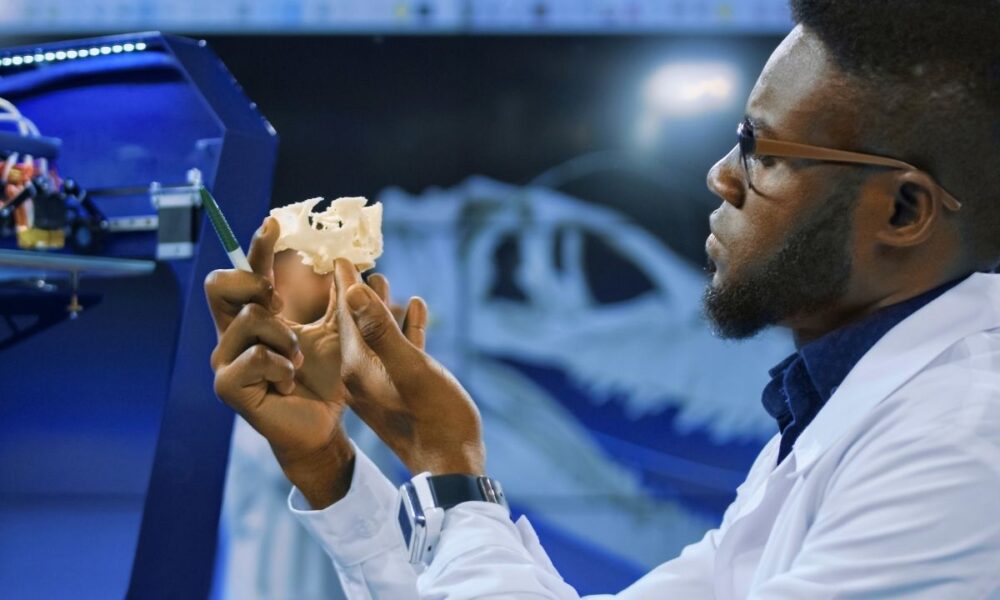In a groundbreaking achievement that almost blurs the lines between science fiction and reality, researchers at The University of Texas at Austin have unveiled a new 3D printing technique that can combine soft and stretchable materials with other tough or rigid resins in a single, precise print.
Inspired by the “natural world,” think of the way bone transitions smoothly into cartilage: the new printing process allows engineers to create objects that can bend and flex when needed while also staying firm and supportive.
Scientists at the University of Texas outlined to The Dallas Express that this breakthrough results in next-level prosthetics, modern flexible medical implants, and even wearable electronics that move and feel more like human tissue than ever before.
“By enabling precise control over both shape and material properties, our multimaterial 3D printing technology allows for the creation of devices that more closely mimic the complex mechanics of the human body,” Dr. Zak Page, Assistant Chemistry Professor at The University of Texas at Austin, told DX.
“Whether it’s a prosthetic interface, a patient-specific surgical model, or a wearable health sensor, the ability to print gradual transitions between soft and rigid materials opens new possibilities for comfort, performance, and personalization across a wide range of medical applications,” Page added.
The research results published earlier this week describe how the team achieved the 3D advancement using a custom-designed resin and a dual-light printing system. By simply changing the color of light during printing —violet for soft or rubbery parts and ultraviolet for more rigid sections —they were able to build objects with new gradients of flexibility and strength.
A standout demo resulted in a tiny, functional 3D-printed “knee joint,” complete with bending ligaments and sturdy bones that move together smoothly.
Page said in the report that the first print was a surprise success.
“Honestly, what surprised me most was how well it worked on the first try. That almost never happens with 3D printing resins,” he said. “We were also shocked by how different the properties were. The soft parts stretched like a rubber band and bounced back. The hard parts were as strong as plastics used in consumer products.”
The new 3D printing technique also boasts faster speeds, and the necessary equipment isn’t out of reach for smaller labs or hospitals worldwide. This could potentially result in easier access to medical equipment for isolated communities worldwide.
“This approach could make additive manufacturing more competitive for higher-volume production compared with traditional processes like injection molding. Just as important, it opens up new design possibilities,” added Keldy Mason, lead author of the university study and a graduate student in Page’s lab.


